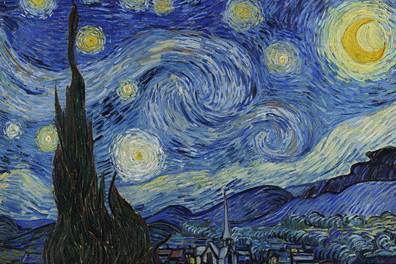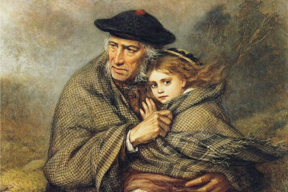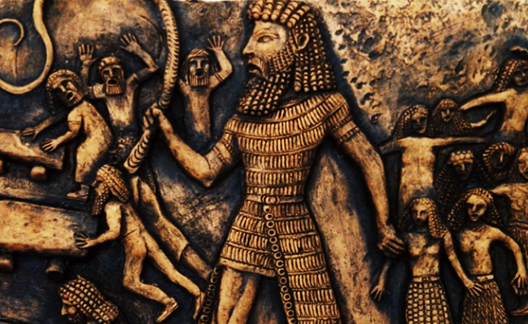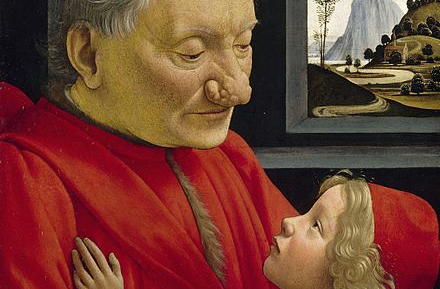Giotto Revisited
I love teaching. If I could teach art history today, I’d jump at it. However, I’m eighty years old and in my twilight years. Nonetheless, in my early twenties, I went to Muskingum College. Muskingum had a ten hours required class called The Arts that could be taken in your junior or senior year. Professor Louie Palmer taught this class. Fortunately, I took it in my junior year, and it opened my mind to an entirely new world.
At the end of the second semester, Louie asked me to be his teaching assistant the following year. Talk about a fortuitous moment. It changed my Weltanschauung. I taught several subsections of the class each week. Additionally, I wrote and graded the midterms and finals for both semesters.
Over the past quarter of a century, I have taught art history at the colleges I have taught. I would teach art history 24/7 for the rest of my life if given the chance. That is not hyperbole.
After graduating from college and graduate school, I went to Europe for a year of post-graduate studies at New College at the University of Edinburgh. However, I traveled throughout most of Europe in the summers before and after New College. That, too, was a golden opportunity to see firsthand many of the works of art I enjoyed while studying and teaching at Muskingum. If you ever travel to Italy, visit Florence, the capital of famous Renaissance artworks, especially paintings and sculptures.
However, drive to the Basilica of Saint Francis in Assisi while in Florence, which is less than a two-hour drive. Many of Giotto’s frescos are at the basilica. Giotto was one of the earliest painters that were transitioning into the Renaissance. Giotto started as a Medieval artist, meaning his paintings were seen as flat and without depth. However, look at his fresco, St. Francis Preaching to the Birds. Giotto is moving from a flat painting to one with depth.

Back then, I would go on and on about the Italian Renaissance, Gothic, Impressionism, Post-Impressionism, Cubism, and Expressionism. I love art history for many reasons, even beyond the particular type of artistic expression. Art reflects its time. If you wish to be knowledgeable about history, you can learn much about history from the art of a particular time.
That truth is etched into the marble monument of art. However, in my twilight years, I am experiencing eureka moments. For example, read this essay, What is My Reason for Being. I thought that I knew a great deal about everything having to do with Les Misérables. That play is my all-time favorite Broadway presentation. I grasped the meaning of Hugo's novel in this part of the movie Les Miz.
In that essay, I missed a huge part of Hugo’s novel. Granted, Les Miz has to do with politics. However, I missed the importance of Jean Valjean’s relationship with Cosette. I could verbalize the storyline of Valjean and Cosette, but I lacked feeling it in my twilight years. Trust me. I get it today, and it haunts me all the time. It provides a purpose for being alive, which is precisely Valjean’s feelings. The only difference is that I have four Cosettes, making me a very driven person.


















